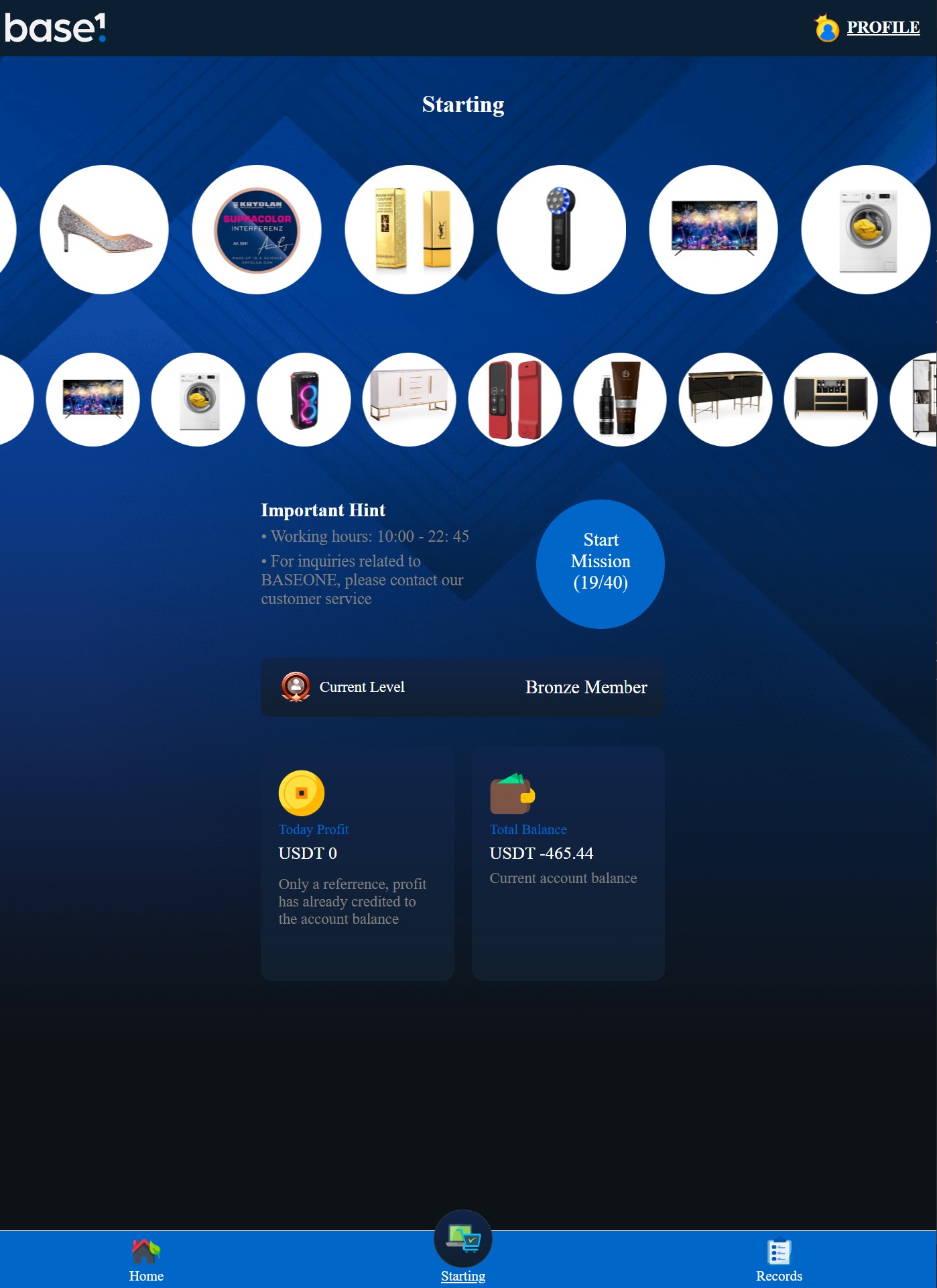Streamlining Data Flow: The Journey from Download to Insight
Streamlining Data Flow: The Journey from Download to Insight
In the fast-paced, data-driven world of today, the efficient flow of information stands as the cornerstone of strategic decision-making. As businesses grapple with an ever-increasing volume of data, the transition from raw data to actionable insights has become a critical process. This blog delves into the nuances of our current data flow process and explores the potential for streamlining operations for enhanced efficiency.
Step 1: Manual Efforts – The Starting Point Every business day kicks off with the manual downloading of 14 CSV files, the foundational raw material for our daily analytics. This stage is crucial as it sets the tone for the data handling process. However, it’s characterized by manual efforts where the magic unfolds in Excel, through manual data transformation. While this approach has been effective, it introduces opportunities for human error and inefficiency.
Step 2: Integration – Bridging Analysis and Accessibility Post-refinement, our data journey leads to SharePoint, facilitated by a Power App upload. This integration phase is pivotal, acting as a bridge between detailed analysis and broader accessibility. It’s a step where the processed data becomes ready for further manipulation and interpretation.
Step 3: Consumption and Analysis – The Heart of Insight Generation In this phase, data is consumed and analyzed through Excel files and a Power BI dataset. Here, data begins to take shape, revealing the stories hidden within numbers. Power BI plays a key role, transforming complex datasets into visual BI reports that inform and drive critical business decisions.
Step 4: Reporting – The Final Touch Our analysts then load an additional dataset, tailoring information for paginated reports. These reports are brought to life as PDFs, often with PowerPoint slides created through manual screenshots. This step, while essential, highlights a significant area where automation could greatly enhance efficiency and accuracy.
The Future – Towards Automation and Efficiency Recognizing the limitations and bottlenecks of our current process, we see immense potential in automating various steps. Imagine the possibilities of automating the initial downloads, the data transformation processes, and the generation of reports. Such advancements could dramatically cut down on manual labor, reduce the scope for errors, and accelerate the overall data flow process.
Conclusion – Evolving Our Data Journey As we look ahead, we are committed to refining our data flow, enhancing our agility, and making the leap from data to decision faster, more accurate, and, importantly, automated. The journey from downloading raw data to deriving insightful intelligence is on the brink of a transformative change.
Stay tuned as we evolve our approach to handling data. With the integration of advanced tools like Power BI and the push towards automation, the future of business intelligence is poised for a significant leap forward.
Find more tips & hacks on our Insights pages. Also, be sure to connect with me on LinkedIn.
Latest posts
Featured posts
Latest insights.
Explore the transformative data analytics trends of 2023 that are reshaping businesses. Discover how augmented analytics, AI, real-time data, and more can drive your organization's success.
Discover how Power BI's visualization tools can transform predictive analytics into actionable insights. Learn about interactive dashboards, custom visuals, and real-time data visualization in Power BI.


